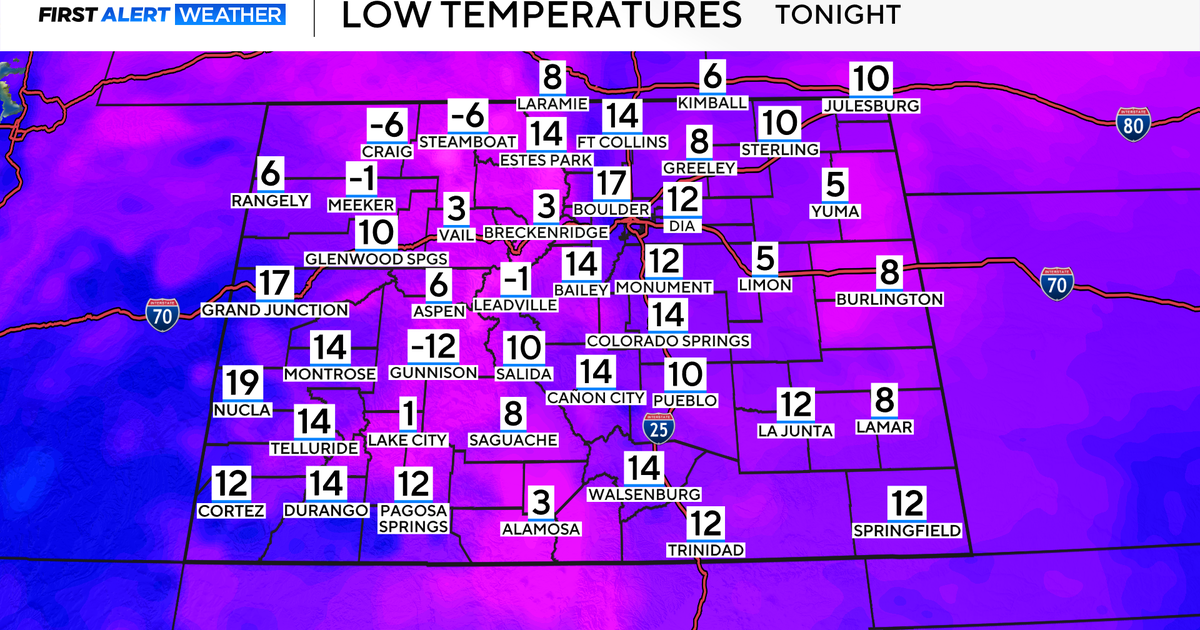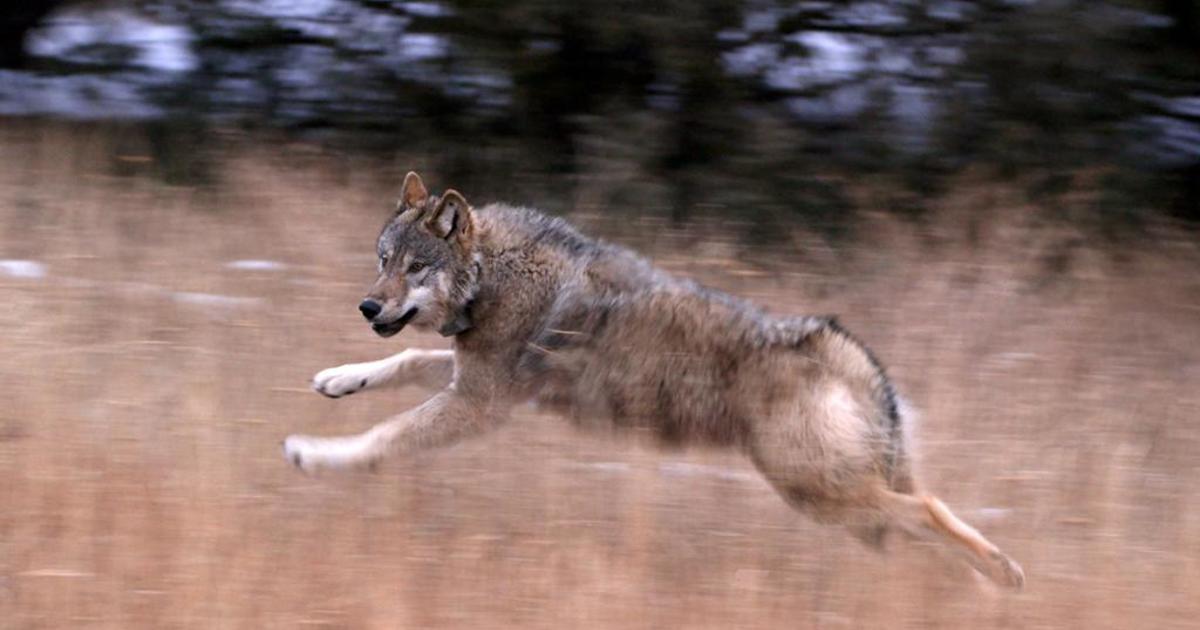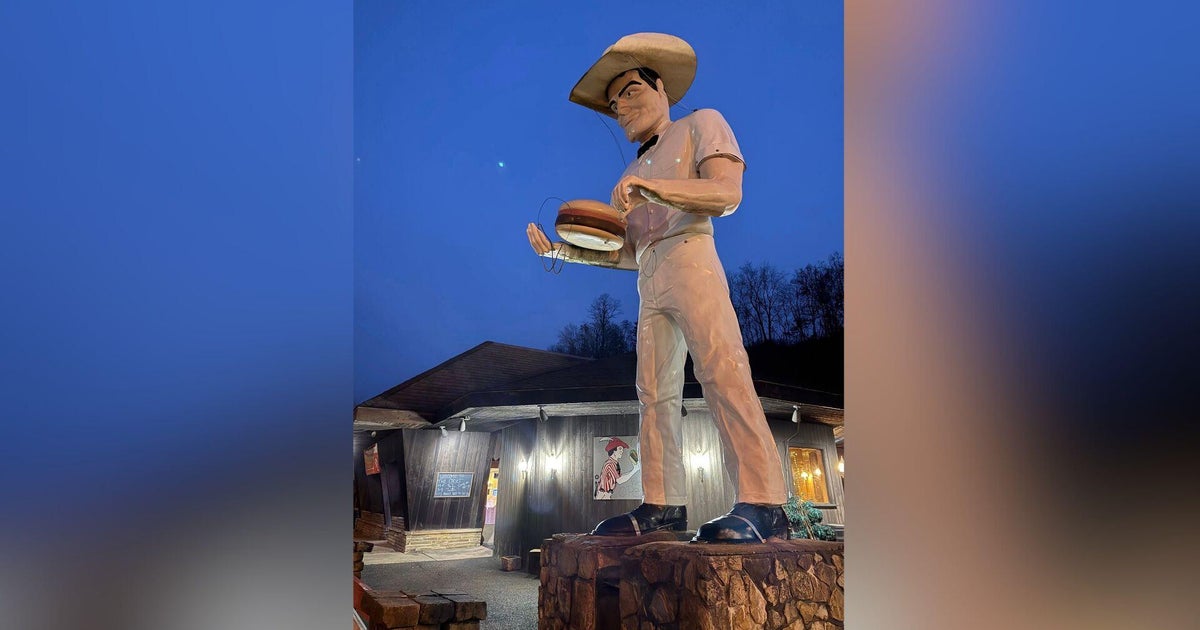Gardening 101: Growing wisteria
NORTH TEXAS (CBSNewsTexas.com) - A flowering vine has many uses. Build an arbor or trellis and you have green shade. Crowded out of bed space? Go up with a vine. Flowering vines are the gold standard. There are only a handful of choices for this area that can thrive in the heat and survive the winter.
Wisteria is a good option for our area. There are several varieties to choose from and you need to know the differences.
Chinese Wisteria is very aggressive and a fast grower. This plant can grow for decades, getting thick climbing vines that start getting very heavy over the years. If you want to plant any of these wisterias make sure to build the sturdiest trellis you can build. Also keep in mind that once covered, this trellis or arbor can't be stained, painted or repaired without cutting back the vine.
The beauty of Chinese Wisteria is that it blooms before the leaves come out. These displays can be breathtaking. There is a 150-year old wisteria in Ashikaga Flower Park in Japan that is difficult to believe is actually real. Chinese Wisteria needs a place it can live alone with plenty of climbing space, this is an aggressive plant.
For something easier to control, I suggest an American Wisteria. They are not as big or aggressive. They flower AFTER the leaves come out with their flowers going deeper into Spring. The one we did our story on in the Fort Worth Botanic Garden still had a few flowers on it in July. It to needs a extremely sturdy structure to grow on.
Evergreen Wisteria isn't a wisteria but looks and acts just like one. It blooms from mid-summer across the Fall with wonderful maroon flowers. Even better, it keeps it's leaves across the winter, so it makes a great green fence.
Wisterias are just a little thirsty. They prefer full sun, while they'll grow (slowly) in partial sun they just don't flower as well. Use slow-release nitrogen fertilizer sparingly; they really need phosphorus and most soils in our area already have plenty of that.
Before you plant a Chinese Wisteria, make sure to do a soil test at the planting site first. They should not be planted where there is iron deficiency in the soil.
In the right place a wisteria will grow for decades, even more than a hundred years. It is truly a multi-generational plant.







